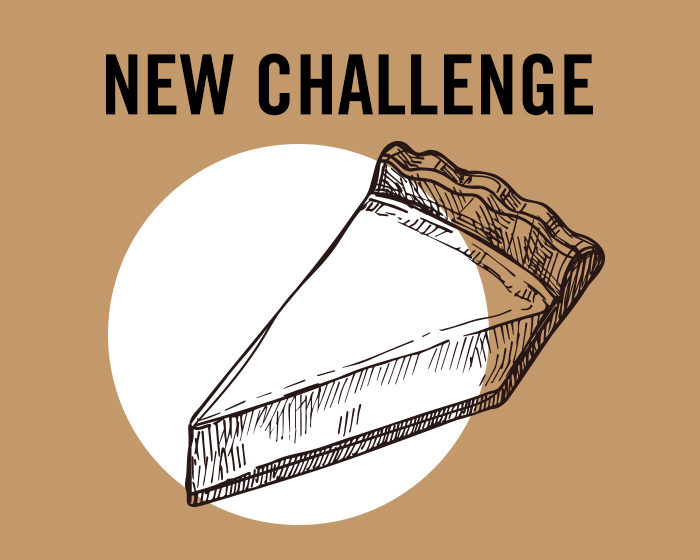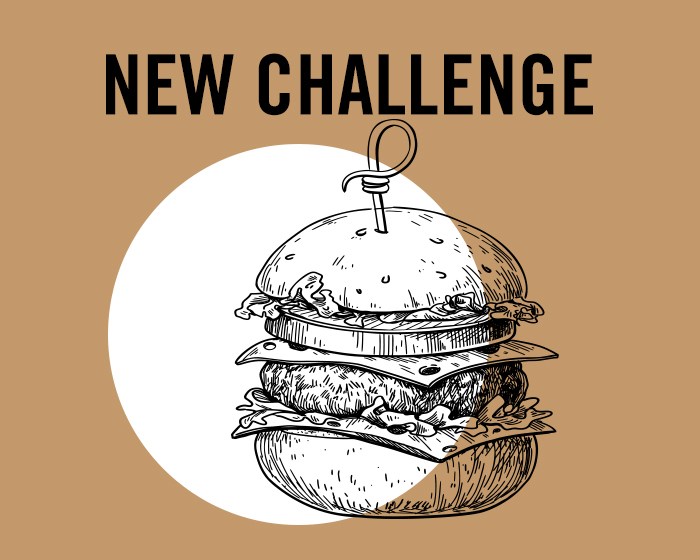-
Welcome! It’s almost #OpenAppyHour
Welcome to the BCcampus OEP Challenge Series. Your hosts for this series – Carolee, Josie, Clint, Melanie and Krista – are glad that you are joining us. You can read more about who we are at the Challenge Series website which will be our main hub for Open Ed Week 2021. When will I see…
-
Challenge #1 – Where do I find an open textbook to use in my teaching?

Open textbooks are textbooks that are free to use, adapt, modify, and repurpose. Importantly, they are free to students. In BC alone, open textbooks have saved students over 20 million in textbook costs. There are several well recognized open textbook collections of great quality. OpenStax Open Education Network Many of the textbooks in these collections…
-
Challenge #2 – How do I modify a page of an open textbook?

In Challenge #1, you found an open textbook in the BCcampus Open Textbook collection. One of the advantages of open textbooks is that they can be modified and adapted under certain licenses. This means that if you want to only use a few chapters, or want to change an image or an example in an…
-
Challenge #3 – What is a Creative Commons license and why is it useful?

If you’ve heard about open textbooks, open education resources (also commonly referred to as OER) you may have also heard about something called a Creative Commons license, or CC licenses. For a many years, copyright or all rights reserved was the default for creators of content. There wasn’t a good way to communicate to others…
-
Challenge #4 – How do I find a Creative Commons licensed image to use in my course materials or presentations?

As educators we are often in need of photos, diagrams, and images we can use to supplement or enhance our course material. This usually has us googling for images that may or may not be permissible for our use. Fortunately there are a variety of places where you can find openly licensed images. Examples Creative…
-
Challenge #5 – How do I quickly generate the license and attribution for a work that I’ve created?

In Challenge # 3, you learned about CC licenses and how they communicate to others how work can be used. What if you’ve created something and want to share it with a CC license? How will you easily add your license and your creator information to that work? An attribution builder is a simple way…
-
Challenge #6 -How can I apply openness to student activities?

Up until now, we’ve mostly been discovering open education resources and tools and thinking about how we can apply them in our teaching. But one area of open education – sometimes referred to as open pedagogy – takes this a step further and applies concepts of openness to student activities. In this challenge, you will…
-
Challenge #7 – How can my class annotate an online article or resource in the open?

Open Education isn’t just about reusing or creating resources for students – it is also about being able to use open tools and open resources to create interesting student activities. In other words, one of the advantages of openness is that it creates possibilities for different kinds of student collaboration. This challenge introduces you to…
-
Challenge #8 – How do I search for open curriculum or courses?

Two of our challenges have introduced you to places where you can search for open textbooks, or searching for openly licensed images. This involved searching within a collection or using Google Advanced search to across some collections. Searching for OERs is one of the biggest barriers for faculty and can be very time consuming to…
-
Challenge #9 – How can myself or my students collaboratively create open, online content?

A SPLOT (also known as the TRU Writer) is a WordPress theme that is very simple for faculty or students to use to create and contribute content in a website on the web. Creating a post is as simple as using a web form and students can contribute anonymously or use a code that you…